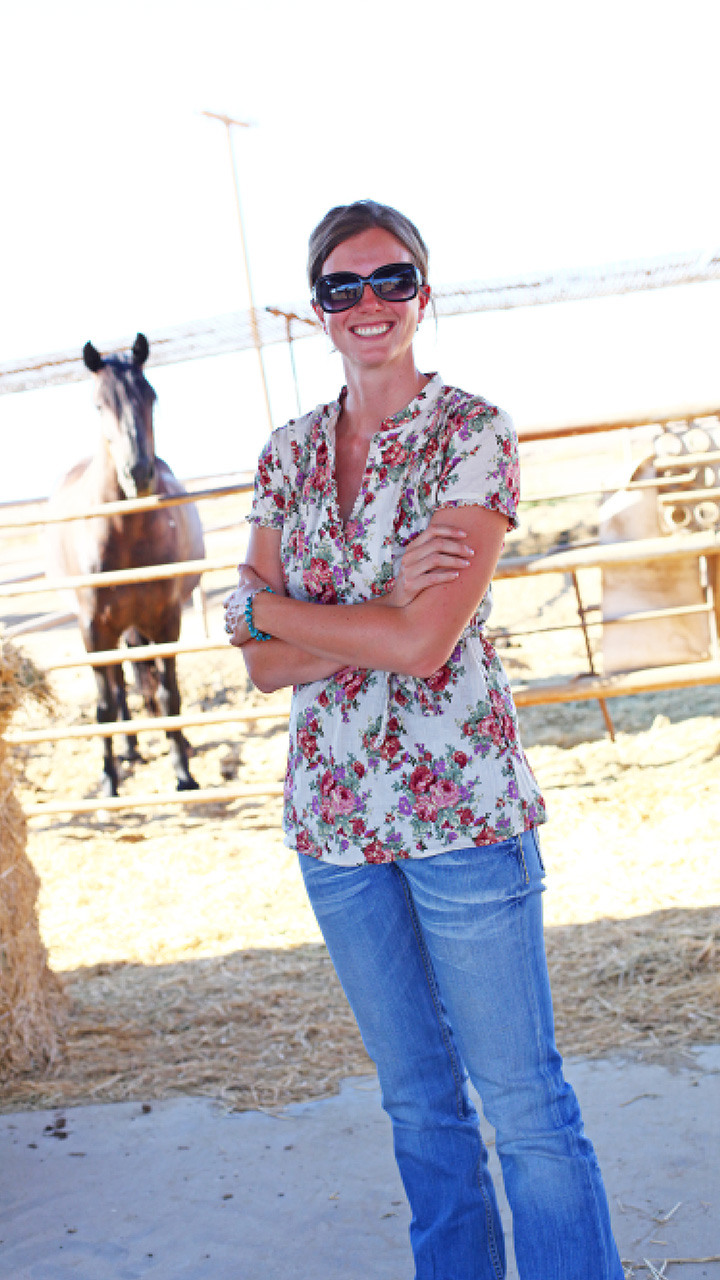
How to create ranch job descriptions that encourage female applicants
Q & A with Kathryn Britton, Senior Director at IMI Global
Amber: Kathryn, it is wonderful to talk to you and we appreciate your time. What are barriers in ranch employment that keep women from applying for ranch management or ranch employee positions?
Kathryn: The assumption in the marketplace today is that an open position for a ranch hand, assistant ranch manager or ranch manager is best suited for a single man. Not only are these positions historically held by men, but young women are often either directly or indirectly discouraged from applying if they do not already have a relationship with that ranch as the lack of connection or knowledge of the operation and/or the people could feel risky or intimidating. There is no doubt that daughters are being discouraged from this kind of role simply because of the potential risk to a young, single female in an unknown environment. Yet, we encourage women every day to seek out these kinds of opportunities if this is their passion, so these things often collide when they should coincide. There is still a lot of work to be done in helping young women to find the sweet spot between seeking new opportunities and putting themselves into unknown or uncomfortable situations.
Amber: How can employers create job descriptions that encourage women, as well as men, to apply?
Kathryn: First, I don’t see any problem with being explicit about who you’re asking to apply. I see so many job descriptions for ranch managers that call out “single males” as their target. That alone is probably influencing how these kinds of positions are perceived in the marketplace as that designation is common. So, I would be explicit – seeking “single male or female”…and, if the position is open to a family, you can expand on that: “Seeking single male, single female, or married couple/family…” I see the latter as well, and the married couple/family option is always good if an employer is looking for a long-term fit.
A good way to combat the “unknown” or “risk” perception for a young, single female would be to add a section to the description that outlines the operation in detail. Such as the family(ies) involved, the history of the operation, the set-up in regards to proximity to others onsite/offsite and/or nearest town, the allowance of pets (dogs provide a feeling of security) and/or privately owned horses, and the availability and kind of phone/internet connection in provided housing. This brings a sense of familiarity to the place that may break down some initial barriers women and/or their support systems might feel when they first see a position advertised. Even a link to photos or videos of the location can bring it to life in a way that may push someone to feel comfortable enough to apply.
Amber: What is your advice to women who have goals of working on or managing a ranch, or other work in the ranching industry?
Kathryn: I speak on this every semester to graduating seniors in the College of Agriculture at Colorado State University, and in my opinion (and experience) success boils down to three things: leveraging what are called your weak ties, investing in your identity capital, and getting comfortable with getting uncomfortable.
1. First and foremost, weak ties are the people you know (or might not know yet) that are connections of connections of connections. Sometimes it is someone you know directly, other times it is a distant connection through a friend or relative. But, in all cases, it is being open about what type of role or experience you are seeking and communicating that with as many people you know that could potentially have connections to someone that could help put you in that position. There is nothing wrong with being honest about what you’re looking for and using your network to find the right fit. The key is then being committed and living up to that goal by demonstrating your work ethic and integrity. Reputation and weak ties go hand in hand, so if you burn that bridge it becomes incredibly difficult to re-engage your network in the future.
2. Secondly, all experiences should be focused on building your own identity capital – investing in yourself. This means saying yes to as many opportunities as possible that will get you both the hands on exposure to tasks important to the role you’re seeking, and also put you in front of potential weak ties that could lead you towards your desired position.
3. And last but not least, in the end it is all about stretching yourself. Don’t be afraid to take a chance on a position that may not have the pay you were looking for or be in the location you’re dreaming about or even have the title you think you want. Oftentimes the largest leaps in our careers happen in the most unexpected places. Getting outside of your comfort zone is where true growth happens.

About Kathryn Britton
Kathryn Britton is the Senior Director of Operations for IMI Global, the founding division of Where Food Comes From. They provide verification services to the livestock industry with a primary focus on ranch, stocker and feedlot programs that enable premium market access, bringing more value back to the producer and entire beef supply chain. She has been with IMI Global for 13 years, and in that time has managed a variety of teams and has been responsible for interviewing and hiring for many different positions. Prior to her time at IMI, she worked at the Agriculture Career Center at Colorado State University while finishing her undergraduate degree, and completed her Masters in Animal Science where she completed a study on how to better support students seeking agricultural careers pre- and post-graduation. Kathryn lives in eastern Colorado with her husband and young daughter.




